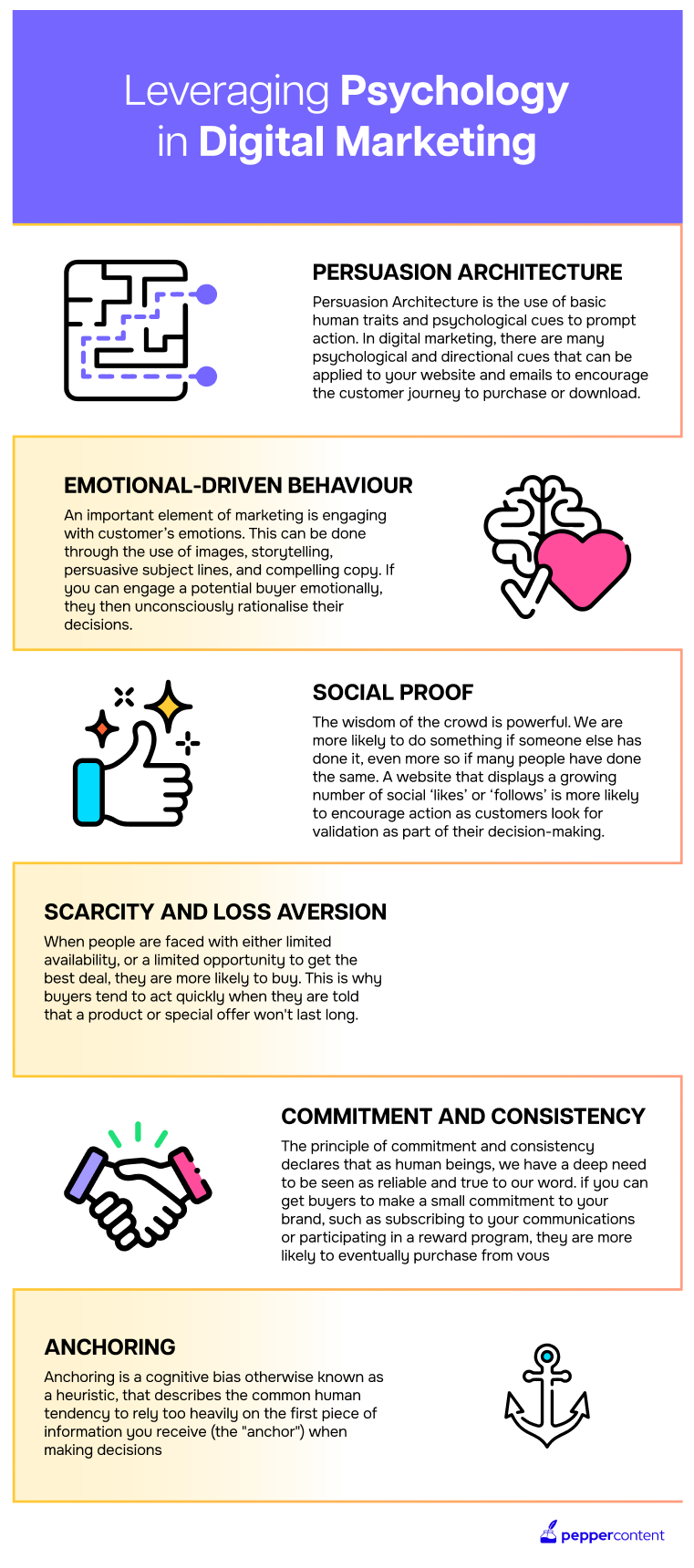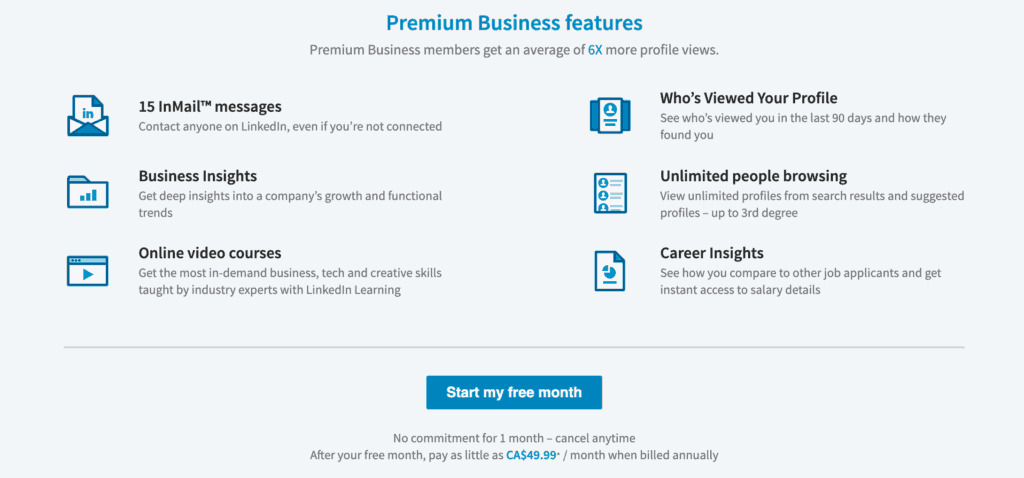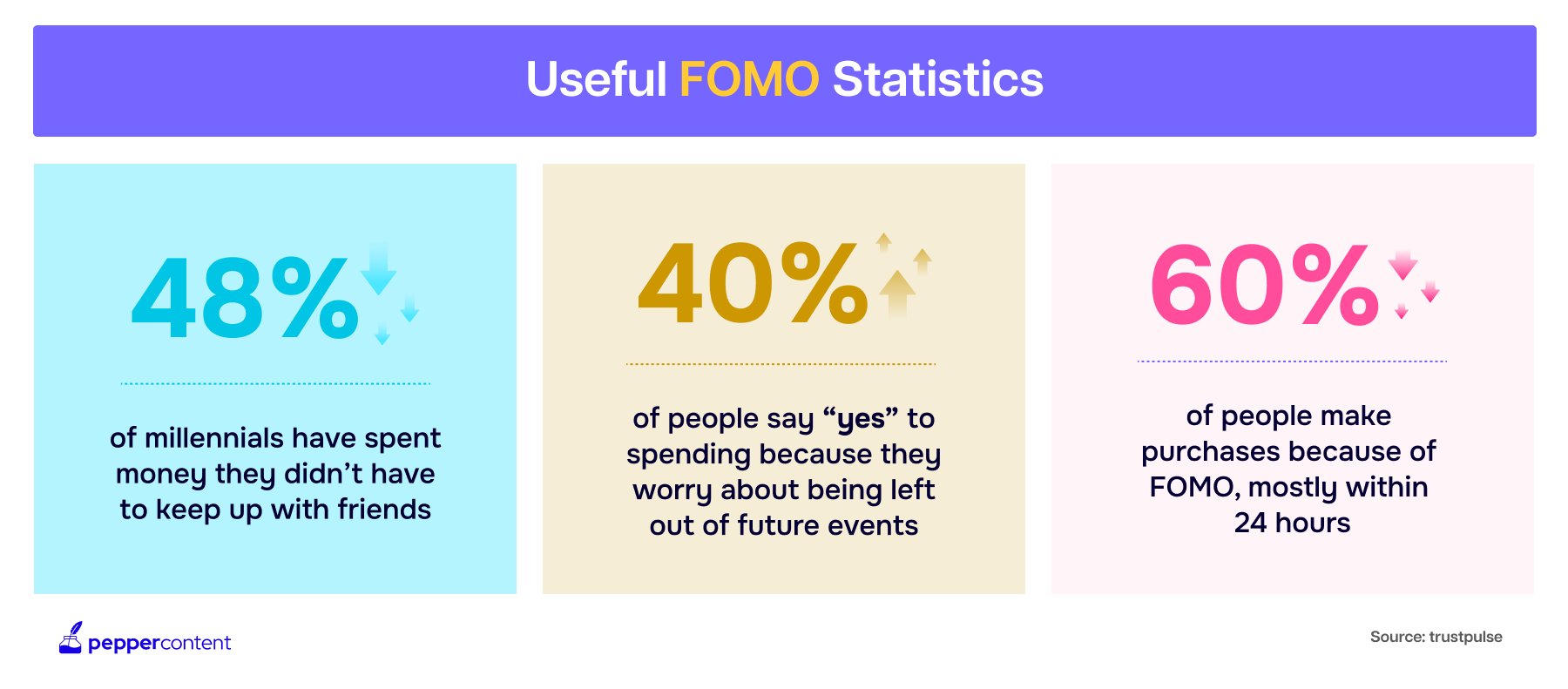The Psychology Of Persuasive Content: Understanding How To Influence Your Readers

Persuasion is at the heart of business and marketing. In a world filled with constant information overload, the ability to influence and persuade readers is paramount. As content marketers, it is our responsibility to understand the psychology behind persuasive content and use it to captivate our audience. So, what are the tactics that can help us in achieving this goal? In this article, we will explore different strategies used to influence readers and drive action.

The Power of Urgency: Creating a Sense of Scarcity and Importance
When it comes to persuasion, creating a sense of urgency can be an incredibly powerful tool. By instilling a fear of missing out or scarcity in our audience, we tap into their innate desire for exclusivity. One effective way to achieve this is by limiting product availability.
Take Apple’s limited edition iPhone releases, for example. Every time they announce a new model with limited quantities, consumers go into a frenzy. The fear of missing out on owning the latest device drives them to secure one before they’re sold out. This tactic triggers a sense of exclusivity and urgency, fueling increased desire and driving up sales.
By creating scarcity, brands make their products more desirable. When people feel like they might miss out on something unique or valuable, their desire intensifies. They are driven by the fear that others will have access to something they do not. This psychological trigger compels them to take immediate action, whether it’s making a purchase or signing up for a limited-time offer.
Creating urgency in persuasive content involves using language that conveys time sensitivity or emphasizes limited availability. Phrases like “limited stock,” “only X left,” or “limited-time offer” prompt readers to act swiftly before they lose out on an opportunity.
Harnessing Social Influence: The Impact of Social Proof in Persuasive Content
Influencing consumer behavior is all about harnessing social proof. When people see that others have had positive experiences with a product or service, they are more likely to trust and value it themselves. This is why social proof is such a powerful tool in persuasive content.
One way to leverage social proof is through customer testimonials or influencer endorsements. Take Peloton, as one of the persuasive content examples. Their marketing campaigns often feature testimonials from satisfied customers who share their positive experiences with the product. These stories showcase real people who have found value in Peloton, making it more appealing to potential buyers.
By showcasing the success and satisfaction of others, Peloton taps into the power of social influence. When we see that people like us are enjoying a product, it creates a sense of trust and credibility. We feel more confident in our decision to purchase because we know others have had positive experiences.

Another form of social proof is influencer endorsements. When a well-known figure or expert endorses a product or service, it can significantly impact consumer behavior. People trust the recommendations of influencers they admire and respect.
As marketers, we can harness the power of social proof by incorporating customer testimonials, influencer endorsements, or even user-generated content into our convincing content. By showcasing the experiences and opinions of others, we can build trust and credibility with our audience, making our products or services more enticing.
Unlocking Status and Exclusivity: Leveraging Social Currency in Persuasive Content
In the world of persuasive content, social currency is the key to unlocking status and exclusivity. People crave recognition and desire to be part of something special. By offering exclusive access or privileges, marketers can tap into this innate human need and enhance their persuasive content.
One great example of leveraging social currency is LinkedIn’s premium memberships. LinkedIn understands that professionals value their reputation and want to stand out in their industry. With a premium membership, users gain access to additional features and the ability to showcase their professional achievements more prominently. This provides them with social currency among their peers and professional networks.
By offering this enhanced status, LinkedIn entices its users to upgrade their membership. They understand that people are willing to invest in themselves and their careers if it means gaining an advantage over others. The concept of social currency becomes a driving force behind these upgrades.
When we think about social currency, it’s important to recognize that it goes beyond monetary value. It’s about offering something that sets people apart from others, giving them a sense of importance and belonging. This could include access to exclusive events or communities, early product releases, or personalized experiences.
The psychology behind social currency lies in its ability to tap into our desire for validation and recognition from our peers. When we possess something that others do not, it elevates our status and boosts our self-esteem. Marketers who can effectively provide social currency in their convincing content are more likely to engage and influence their target audience.

Establishing Trust and Credibility: The Role of Authority in Persuasive Content
When it comes to persuasive content, authority plays a crucial role in influencing consumer decisions. People naturally look to experts and figures of authority to guide them in making choices. By positioning oneself as an industry leader or expert, marketers can establish trust and credibility with their audience.
Neil Patel, a renowned digital marketing expert, is a prime example of utilizing authority and expertise in persuasive content. Through his persuasive blog posts, webinars, and speaking engagements, Patel consistently provides valuable insights and actionable advice. As a result, he has gained the trust of his audience and positioned himself as an authority figure in the industry.
The key to leveraging authority lies in showcasing knowledge and expertise that others can benefit from. This could include sharing case studies, providing data-driven analyses, or offering unique perspectives on industry trends. By consistently delivering valuable content backed by research and experience, marketers can position themselves as trusted sources of information.
It’s important to note that building authority takes time and effort. Consistency is key when it comes to producing high-quality content that showcases expertise. Marketers should focus on providing value-driven content that educates and empowers their audience. By doing so, they can establish themselves as trusted authorities and gain influence over their readers.
FOMO Marketing: Using Fear of Missing Out to Drive Action
Ah, the fear of missing out, or as the cool kids call it, FOMO. It’s a psychological phenomenon that marketers have become experts at leveraging to drive action. You see, humans have an innate desire to be a part of something special, to not miss out on exciting experiences or exclusive deals. As a content marketer, understanding and harnessing the power of FOMO can make your persuasive content irresistible.

Let’s talk about limited-time offers and exclusive deals. These babies are like catnip for consumers. By creating a sense of urgency and scarcity, you tap into their primal fear of missing out on something amazing. Take Amazon Prime Day, for example. This annual event generates massive sales by offering time-limited deals exclusively for Prime members. People go crazy over it because they don’t want to miss out on significant discounts. And let me tell you, nothing drives action like the thought of snagging a fantastic deal before it disappears into the digital abyss.
But it’s not just about time-limited offers; it’s about positioning your product or service as something exclusive and unmissable. When people feel like they have access to something others don’t, it gives them a sense of superiority and status. Think about luxury brands like Louis Vuitton or Rolex. They’ve mastered the art of creating exclusivity around their products, making consumers feel like they’re part of an elite club.
In conclusion, mastering the art of persuasive and value-driven content is essential for marketers who want to influence their readers and drive action. Throughout this article, we’ve explored various tactics used to captivate audiences and convince them of the value of a product or service.
By creating a sense of urgency through limited product availability, leveraging social proof through testimonials or endorsements, appealing to emotions through relatable storytelling, offering social currency through exclusivity, establishing authority and expertise, and using FOMO to drive action, content marketers can unlock the power of persuasive content.
To truly engage readers and inspire them to take action, it’s important to understand the psychology behind these tactics. By tapping into consumers’ desires for exclusivity, status, connection, and fear of missing out, content marketers can create compelling narratives that resonate with their target audience.
So go forth and experiment with these strategies! Adapt them to your specific goals and target audience. Remember that persuasive content is an art that combines creativity with psychology. By utilizing these tactics effectively, you can unlock the full potential of your content marketing efforts and drive meaningful results.
Latest Blogs
Explore how Google’s 2025 AI search updates triggered ranking chaos. Learn actionable strategies to adapt your SEO for AI Overviews, zero-click searches, and SERP volatility. Stay ahead now.
Learn how to rank on AI search engines like ChatGPT, Perplexity, and Gemini by optimizing your content for authority, structure, and relevance. Stay ahead in AI-driven search with this strategic guide.
Explore the best healthcare SEO services for your medical practice. Improve online visibility and effectively reach more patients in need of your services.
Get your hands on the latest news!
Similar Posts

Content Strategy
5 mins read
Choosing The Best Healthcare Marketing Agency For Effective Content Solutions

Content Marketing
4 mins read
Top 10 Agencies B2B SaaS Content Marketing for B2B Success

B2C Marketing
5 mins read